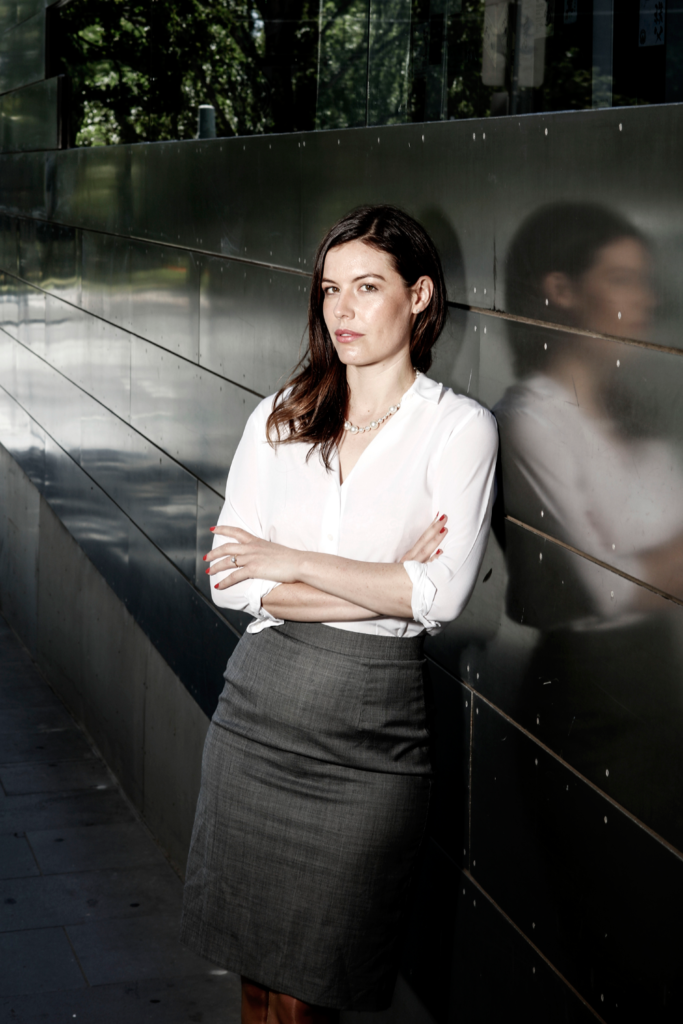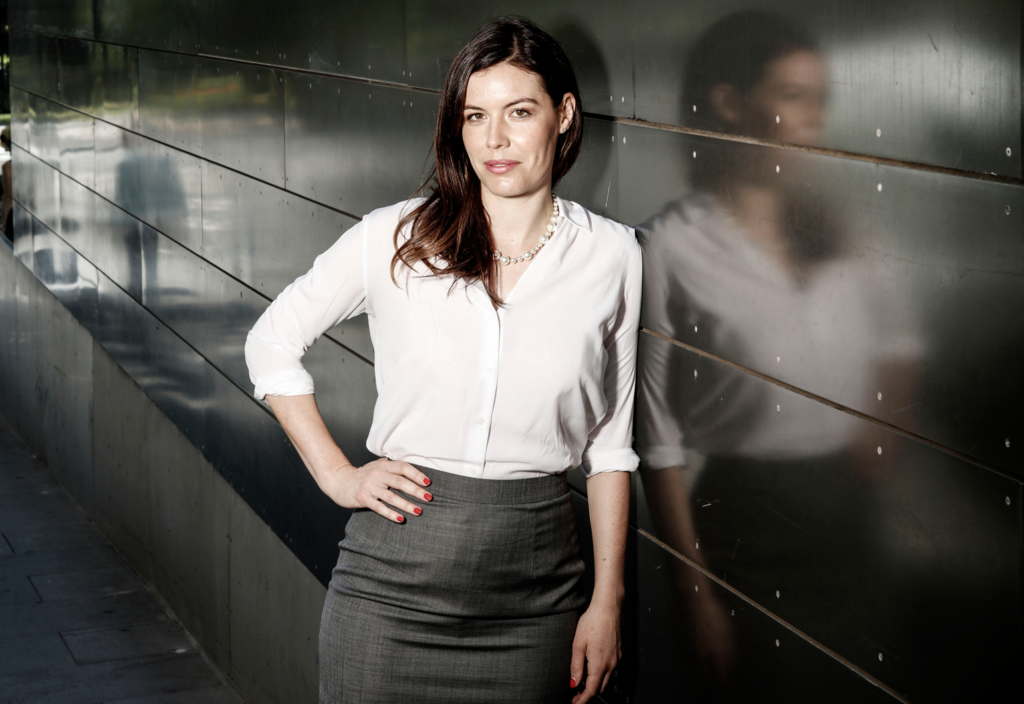Civil engineer Esther Warren’s taste for trains has put her at the top of a major transport infrastructure project.
It was 1958 the first time a rail link to Melbourne Airport was proposed — before construction had even begun at the Tullamarine site.
Now, more than 60 years later, and with the airport handling more than 35 million passengers in 2016-17, a route has been selected for the Melbourne Airport Rail Link and the state and Commonwealth governments are working together on a business case.
Overseeing the project is Esther Warren, the Director of the Melbourne Airport Rail Link and Network Development. A civil engineer with 14 years of experience, Warren said she is proud of the role she is playing in the state’s transport network.
“I’m super excited about the role because I get to participate in a project that’s shaping Melbourne forever,” she told create.

“It’s a privilege to see a full project life cycle.”
Warren’s first experience came while working as a Project Engineer at John Holland.
“That’s when Regional Rail Link was being released to the market, so I had an opportunity to join the tender team and work on some of the civil construction methodologies for a few of the different packages,” she said.
“That was my first taste for everything trains.”
It turned out to be a sector that suited her well.
“I found that public transport in the broadest sense fits really well with my personal values,” she said.
“I found a strong connection there in terms of providing equitable options for people to move around the city, have access to jobs, have access to education, and making sure that people could connect to their families and friends in an affordable and easy way.”
A number of awards would follow, including a Young Railway Engineer Award from the Railway Technical Society of Australasia in 2015 and the Young Rail Engineer Award from the Australasian Railway Association (ARA) in 2014.
She was presented with the ARA award on her birthday, bringing her parents, who had flown in from New Zealand, along with her to the ceremony.
“My dad’s in his sixties. Everyone thought that he was the rail engineer,” she said.
Warren has been playing an active role in changing the public’s understanding of what an engineer looks like. She was awarded the Victorian Government’s Women in Leadership Development Scholarship in 2017, and is a mentor in the Women in Transport mentoring program.
“The mentoring program is a great initiative,” Warren has said.
“I’m really excited to make the transition a little easier for young engineers to enter into senior management and leadership roles.”
She said, however, that she has encountered challenges in the profession due to her gender.
“It can be really hard, and it can be an experience that is really confronting,” she said.
“It’s not all rainbows and sunshine.”
Warren has been a Chartered engineer since 2013.
“I saw it as a natural progression in terms of career paths, gaining that accreditation,” she said, adding that it helped round out her experience.
“One of the most enjoyable parts of going through that process was the reflection that enabled me to build my career … going back and reflecting on all of the skills and experience that I’d gained.”
The process not only pointed her towards skills she wanted to further develop, it also boosted her profile.
“I was asked to do a couple other public speaking engagements,” she said.
“Suddenly, I had this quite influential voice in the sector.”
Warren said industry organisations have played a particularly helpful role in sustaining her career.
“Organisations like Engineers Australia and the National Association of Women in Construction have enabled me to stay in the engineering sector,” she said.
“There’s all sorts of other challenges that happen in anyone’s career, but to have a constant, in terms of the organisations that are there to support you — no matter what employer you’re with, or where you’re working, or what you’re working on — is fabulous.”
Esther Warren’s 5 tips for success
1. Be flexible with what your definition of success is – it changes over time.
2. Challenge what you’ve been moulded to believe leadership is because it takes diverse forms.
3. Spend more time reflecting rather than thinking.
4. The skills you learn as an engineer are applicable to many roles or career paths.
5. Know your values to know when it’s time to move on.
This article originally appeared as “Keystone: Esther Warren” in the March 2019 issue of create magazine.
Interested in learning more about the Chartered credential? You may already have what it takes to become Chartered. Find out more here and start your pathway to Chartered today.
